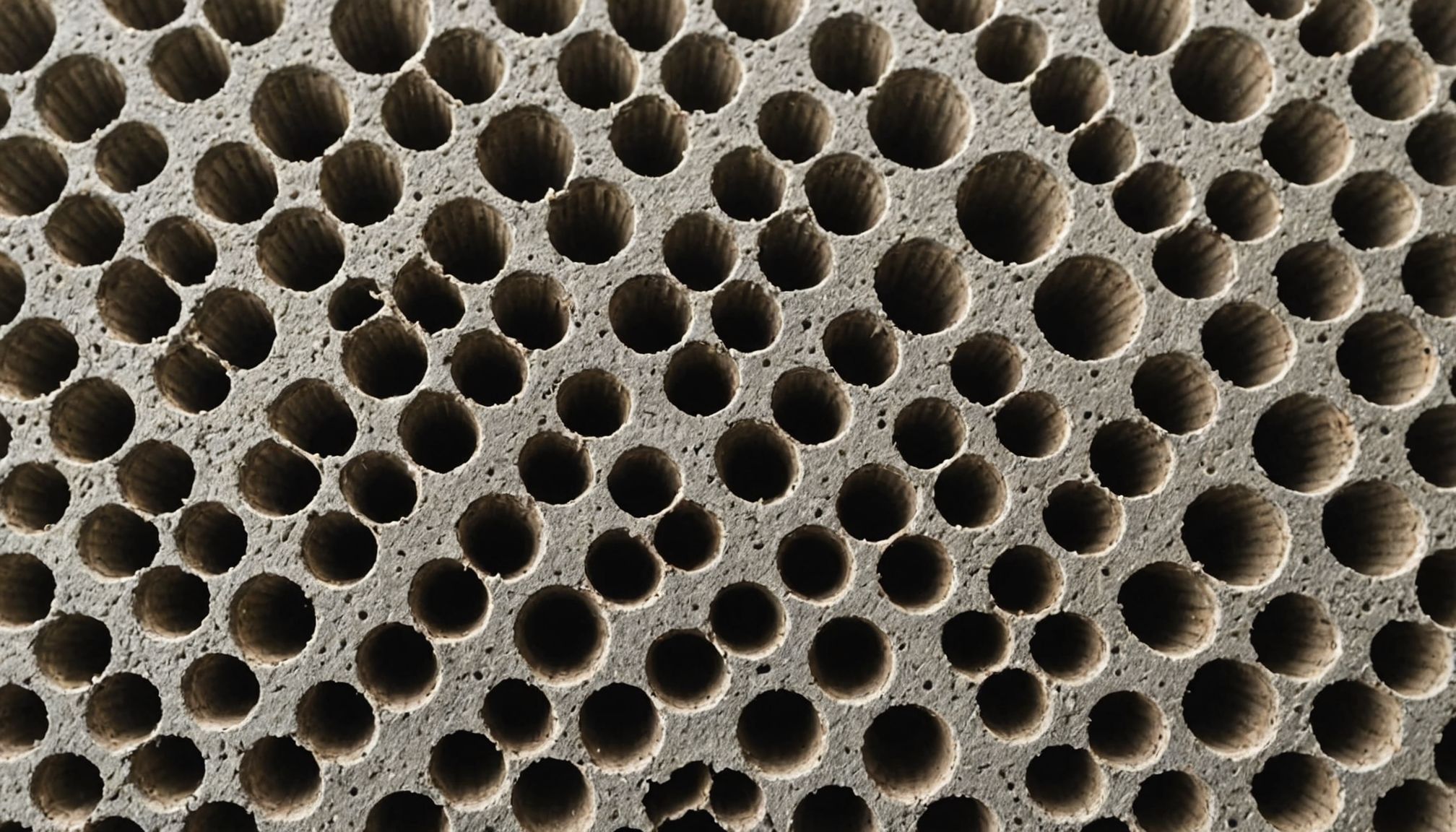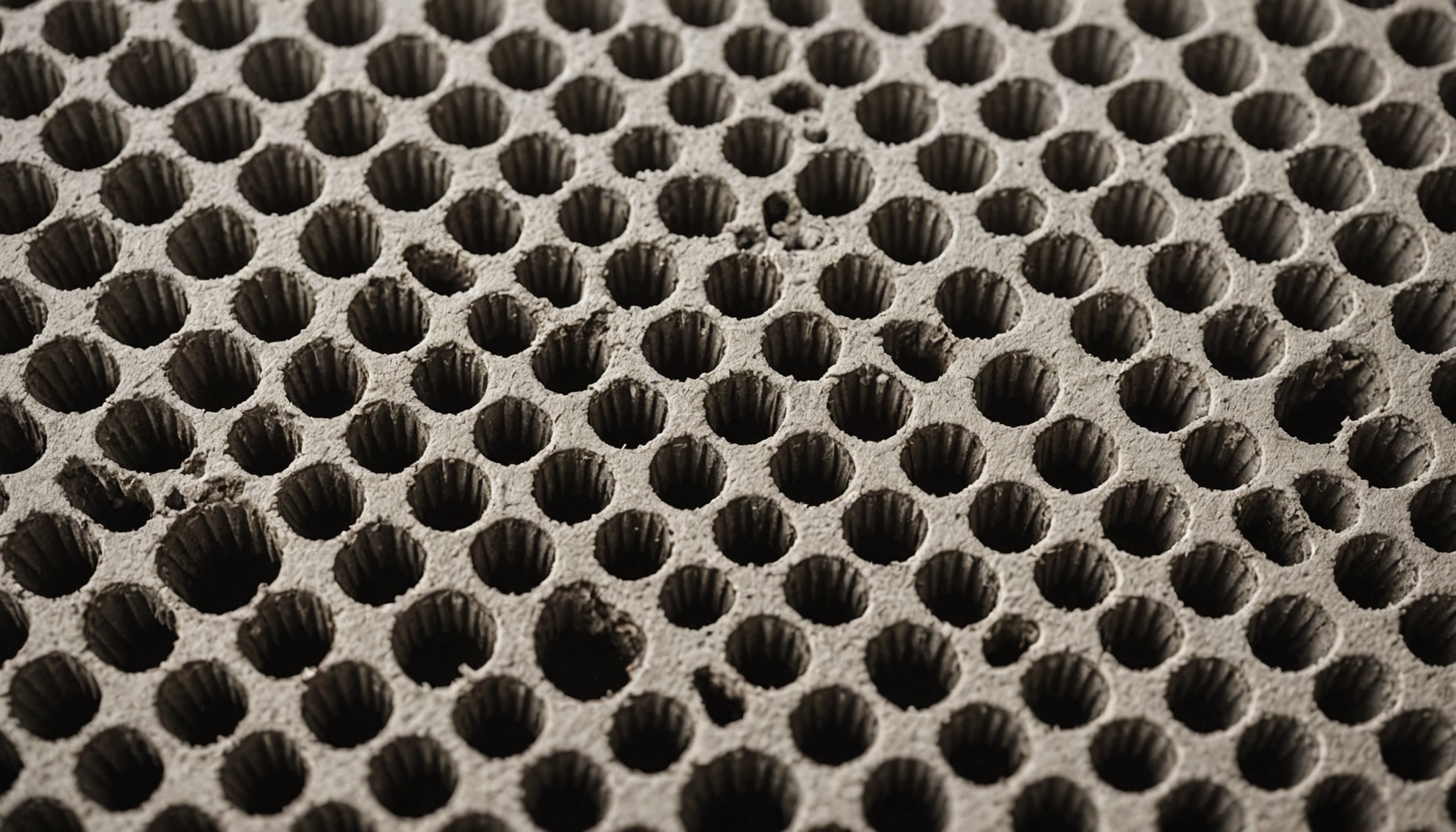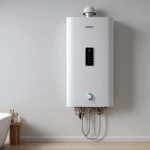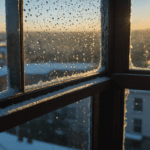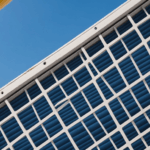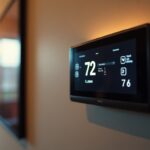When confronted with unwelcome sounds emanating from your HVAC system, it can be both an irritant and a sign that something might not be functioning optimally. Identifying the specific source of these noises is the first crucial step in addressing and mitigating them effectively. Understanding these common sources will not only assist in troubleshooting but will also play a key role in maintaining the efficiency and longevity of your system.
Several culprits could be behind the HVAC noise you’re hearing. The sounds can vary widely in pitch and volume, each indicating different underlying issues. Identifying these sounds correctly is vital for effective home maintenance and ensuring your comfort isn’t disrupted.
- Loose ductwork: Over time, vibrations from the system can loosen the ductwork, leading to a rattling or banging noise. This is particularly common in older systems or when the installation wasn’t executed perfectly.
- Expanding and contracting metal: As the ductwork heats up and cools down, the metal materials may expand and contract, causing popping or creaking sounds. This is a normal occurrence but can be exacerbated by inadequate space for movement.
- Dirty or clogged filters: When filters become overly dirty, they can cause the system to work harder than necessary, leading to the production of whistling or howling noises as air struggles to flow through the blockages.
- Blocked vents: Objects or furniture obstructing the vents can lead to an unnatural buildup of air pressure, resulting in odd humming or vibrating noises.
- Fan issues: A damaged or misaligned fan can produce a high-pitched squealing or grinding noise. Such issues require immediate attention to prevent further damage.
To provide a clearer picture of what these noises might indicate, consider the following comparison of sound types and their likely sources:
| Sound Type | Possible Source |
| Rattling/Banging | Loose ductwork or components |
| Popping/Creaking | Metal expansion and contraction |
| Whistling/Howling | Dirty or clogged filters |
| Humming/Vibrating | Blocked vents |
| Squealing/Grinding | Fan issues |
Understanding the specific type of noise provides valuable insight into the health of your HVAC system and indicates what steps might be necessary next. Some noise might be unavoidable or indicative of normal operation, but anything out of the ordinary, particularly persistent or loud sounds, likely points to ductwork issues or other problems that need addressing. Timely identification and action can help in keeping your system running efficiently and extend its lifespan, ultimately ensuring that your home remains a haven of comfort and tranquility.
understanding the impact on your HVAC system
When unusual sounds emanate from your HVAC system, they can signal more than just a source of irritation; these noises may indicate underlying issues that could impact the overall performance and efficiency of the system. Understanding how these sounds affect your HVAC system is crucial in maintaining both comfort and functionality within your home.
Firstly, persistent HVAC noise often leads to increased wear and tear on the system. When components like ductwork are loose or damaged, the system must work harder to maintain airflow and temperature levels, causing strain and accelerating the degradation of parts. This can shorten the lifespan of the system, leading to costly repairs or replacements sooner than anticipated. For example, a fan that’s misaligned or damaged may not only produce disturbing squeals but also fail to circulate air properly, resulting in an unbalanced heating or cooling across your home.
Secondly, energy efficiency is significantly compromised by ductwork issues. Noisy systems often indicate inefficiencies such as air leaks or blockages that ensure the system expends more energy than necessary. The popping or rattling sounds could be warning signals that your HVAC system is operating under duress due to air leaks in the ducts, necessitating higher energy use to achieve desired thermal outcomes. This not only increases utility bills but also negatively impacts environmental sustainability due to higher energy consumption.
Additionally, your indoor air quality can deteriorate due to these issues. If air filters are clogged, indicated by whistling or howling noises, or vents are blocked, identified by humming sounds, there might be insufficient air circulation. This could lead to the accumulation of dust, allergens, and pollutants within your home environment, posing health risks to the inhabitants, particularly affecting those with respiratory conditions or allergies.
To gain more specific insights, you can perform a basic diagnostic check through the sounds themselves. It can guide you to understand whether the noises suggest minor home maintenance tasks that you can tackle yourself or significant repairs that necessitate professional intervention. By being vigilant and responsive to these noisy warnings, you preserve not just the mechanical well-being of your HVAC but also ensure a comfortable and healthy living environment for your household.
how to differentiate between vent and ductwork noise
Distinguishing between the noises that originate from your vents and those that come from the ductwork can significantly aid in pinpointing the exact issue your HVAC system might be facing. This differentiation not only helps in streamlining the troubleshooting process but also ensures that the necessary corrective measures are applied precisely, whether through DIY methods or professional help.
Vents, generally exposed and visible within your living space, can produce several types of noises if not functioning properly. A common sound associated with vent issues is a constant buzzing or whistling. These noises often arise when the air filters are clogged, making it difficult for air to pass through efficiently. Additionally, if the vents are obstructed by furniture or other objects, it can cause unusual humming or vibrating sounds, indicating a blockage that disrupts normal airflow.
On the other hand, ductwork noise often originates from deeper within the system, where the ducts are usually concealed behind walls or ceilings. Ducts are responsible for distributing air throughout your home, and due to their expansive reach, the sound can be more pronounced and resonant. A tell-tale sign of ductwork issues is the presence of popping or creaking noises, which occur as the metal reacts to temperature changes, expanding and contracting during operation. Another common noise is rattling or banging, often due to loose or improperly secured ductwork components.
By carefully listening and determining whether the noise seems to be coming from visible vents or hidden ductwork, homeowners can narrow down the location of the problem. For instance, if you hear a high-pitched squealing or grinding, it might be related to fan problems within the duct system itself, while whistling is more likely linked to a vent issue. These sound characteristics not only guide you in addressing the issue but also in understanding whether it’s an air pressure problem or a mechanical one.
In summary, differentiating between these sources ensures a strategic approach to home maintenance. Identifying whether the noise comes from the vents or the ductwork can dramatically improve the effectiveness of your solutions. Recognizing these subtleties helps in determining whether you can manage the repairs yourself or if it requires the expertise of an HVAC professional, safeguarding both your comfort and the efficient operation of your system. Recognizing and addressing these noises promptly maintains the balanced performance of your HVAC system and contributes to a peaceful and energy-efficient home environment.
DIY solutions for minor noise issues
When you’re facing minor HVAC noise or ductwork issues, tackling them yourself can be both empowering and cost-effective. There are several DIY methods you can adopt to reduce or eliminate these disturbances, ensuring your home’s comfort and efficiency are maintained.
Start with an inspection of your HVAC system. Make sure to check all visible parts, like vents and duct joints. For more accessible components, a flashlight can help you spot any visible issues such as loose screws or connections. Tighten any you find to reduce rattling or banging noises. Loose ductwork is a common source of these sounds, and addressing them can make a significant difference.
Next, pay close attention to the air filters in your system. A clogged filter can lead to whistling or howling noises as the system struggles to push air through the obstruction. Cleaning or replacing the filters is a straightforward task that you should regularly perform as part of routine home maintenance. This not only minimizes noise but also improves air quality and system efficiency.
If the metallic creaking or popping of expanding and contracting ductwork is an issue, consider adding more insulation around your ducts. Insulation helps regulate temperature fluctuations within the ducts, reducing the metal’s movement and thereby diminishing these noises. Furthermore, ensure that your ductwork has adequate space for expansion and contraction, reducing undue pressure on seams and joints.
For blocked vents causing unusual vibrations or humming, reassess the arrangement of furniture and other objects around them. Ensure that vents are unobstructed and free from debris, allowing air to flow freely. You might need to move or adjust objects to improve airflow, which often immediately reduces noise.
Lastly, lubricate moving parts such as fan motors and bearings within your HVAC system, especially if you notice squealing or grinding noises. This simple DIY step, using manufacturer-recommended lubricants, can significantly quiet a noisy system and prevent unnecessary wear.
Remember, addressing HVAC noise at the source not only restores tranquility to your home but also extends the longevity and efficiency of your system, proving that a bit of diligence in home maintenance can go a long way. However, if these efforts do not alleviate the noise, it might be time to consider professional intervention, ensuring thorough and expert resolution to any underlying problems.
when to call a professional for help
If your efforts to silence or reduce the disruptive HVAC noise have fallen short, it might be time to bring in a professional. Calling an expert becomes crucial when the noise persists despite your diligent attempts at home maintenance—especially if the system’s performance has noticeably declined, indicating potential underlying issues that need more advanced knowledge and tools.
One of the definitive signs to consult a professional is when you identify problems with components out of your reach or expertise. For instance, you might hear persistent rattling within ductwork running in inaccessible places behind walls. Professionals have specialized equipment and diagnostic tools to locate and fix these hidden issues without causing additional home damage.
Another situation demanding expert attention is when safety is at stake. Loud squealing noises could signal urgent problems like a failing motor or other mechanical components nearing breakdown. Similarly, if there’s unusual or burning odors accompanying the noise, it might point to overheating parts or electrical issues, which pose potential fire hazards if left unchecked.
Additionally, complications like extensive ductwork issues that include significant leaks, are best left to professionals. They can accurately perform a blower door test to detect air leaks and subsequently seal them with precision. Such a thorough approach not only quiets the system but enhances the overall energy efficiency, lowering operational costs in the long run.
Finally, consistent HVAC noise combined with significant fluctuations in indoor temperature or air quality degradation often suggests systemic problems requiring professional evaluation. HVAC experts can conduct a comprehensive system analysis, ensuring that your ventilation system functions optimally without compromising comfort or air quality.
In conclusion, while some HVAC noise problems can be managed through straightforward DIY solutions, others necessitate professional intervention to ensure safe, efficient, and long-lasting solutions. Calling in experienced technicians not only helps in restoring peace and quiet to your home but also safeguards the integrity and performance of your HVAC system, ensuring it continues to operate effectively and efficiently.
